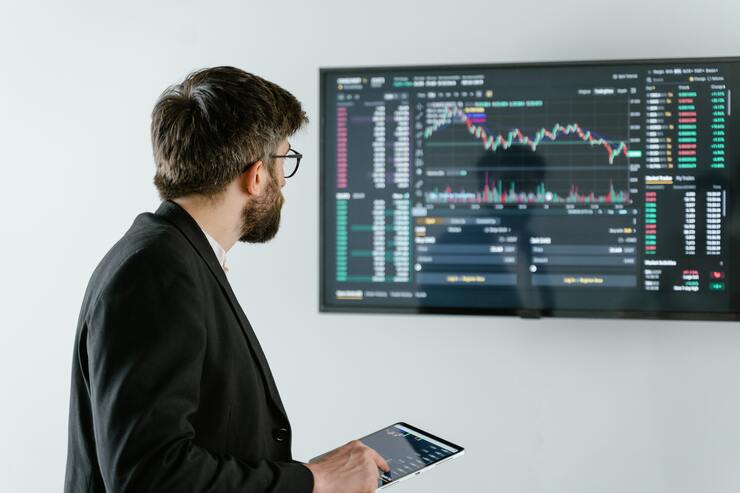
More on the subject Art Market

Gamechanger in Japan?
The art world is eagerly awaiting July 2023: That's when Tokyo Gendai, a new art fair opens that could have a significant impact on the market in Asia − if it's successful. Up to 100 international galleries will take part in the premiere.

Artnet: forced to change structure?
Artnet AG's most important external shareholder, Weng Fine Art AG, wants to make a voluntary purchase offer to all shareholders - and drive its own share just below the 30% control threshold. In doing so, it reopens old wounds and pokes at Artnet's corporate structure - what is it up to?
Dive deeper into the art world
Like a love poem: Robert Frank's experimental photo book
Robert Frank was an influential photographer of the 20th century. In Robert Frank: Mary's Book, the Museum of Fine Arts Boston presents a very personal photo book from the artist's younger years. The show opens on December 21.
Patio, Teatro piccolo, Vis à vis
The lively, dynamic and concentrated formal language of sculptor Mathias Kadolph has so far manifested itself primarily through his material, wood. Now, for the first time, he has had miniatures cast in bronze in an edition of twelve sculptures each. These convey essential impressions of his formal ideas and open up to new impulses for our perception.




















